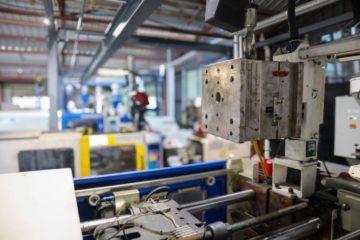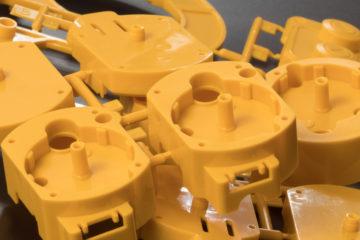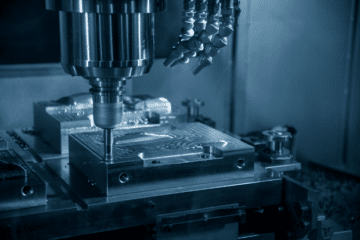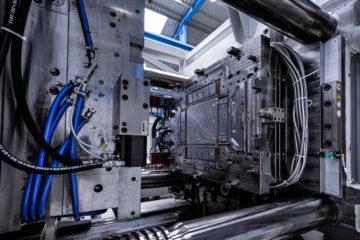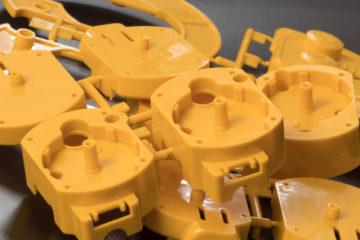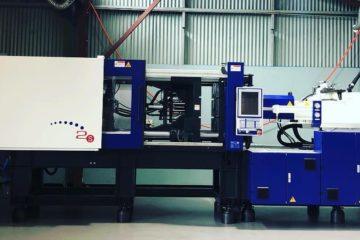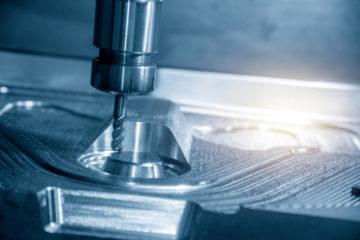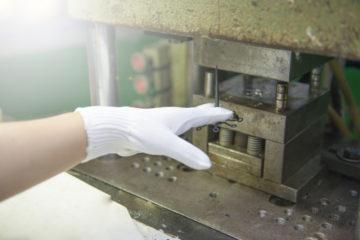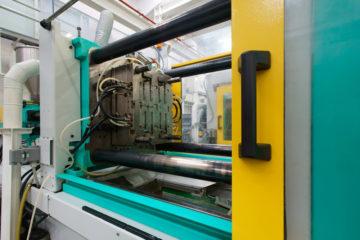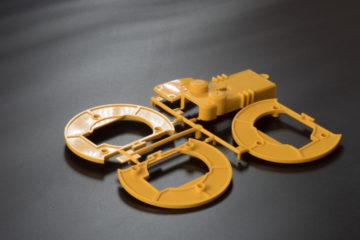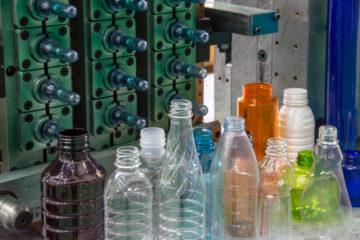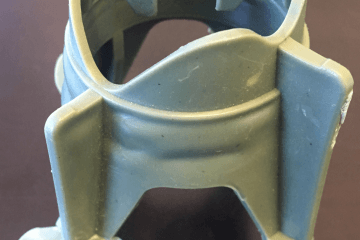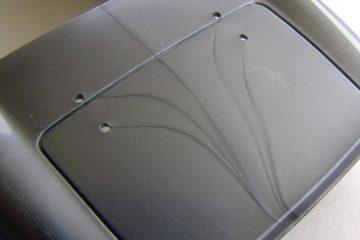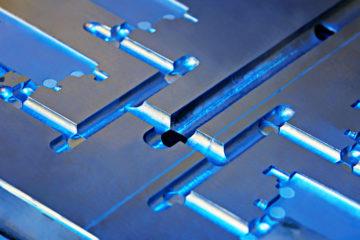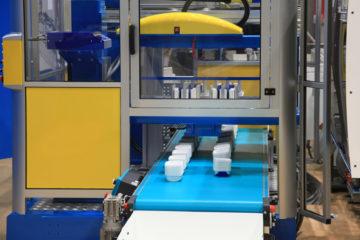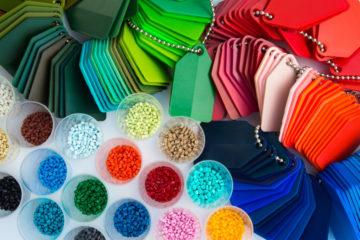Plastic injection moulding is used to produce everything from vehicle parts and bodies to buttons on clothing. The impact of plastic injection moulding is visible in the daily lives of millions of people, with the average household containing a number of items created through this vital manufacturing process.
However, few people understand just how plastic injection moulding works, according to SKF Bearing.
Materials used
Thermoplastics are typically used in plastic injection moulding. This polymer or thermo-softening plastic is suited to plastic injection moulding as it liquefies at higher temperatures and sets at lower temperatures.
Additionally, thermo-softening plastics can be heated and liquefied, and cooled and solidified many times over – which adds to their flexibility.
Manufacturing process
The manufacturing process is relatively simple. To begin, plastic injection moulds are manufactured by mould producers. These are usually made of metal. The producers will work off designs finalised by engineers and industrial designers.
During the process, the plastic is forced through a heated barrel to be liquefied before being poured into the mould, where it cools and hardens into the prescribed shape.
Subscribe to Our Newsletter
Get the latest news from Dienamics into your inbox







